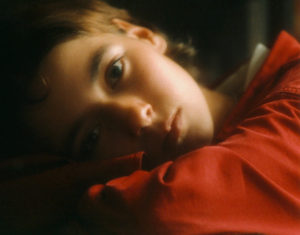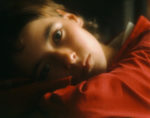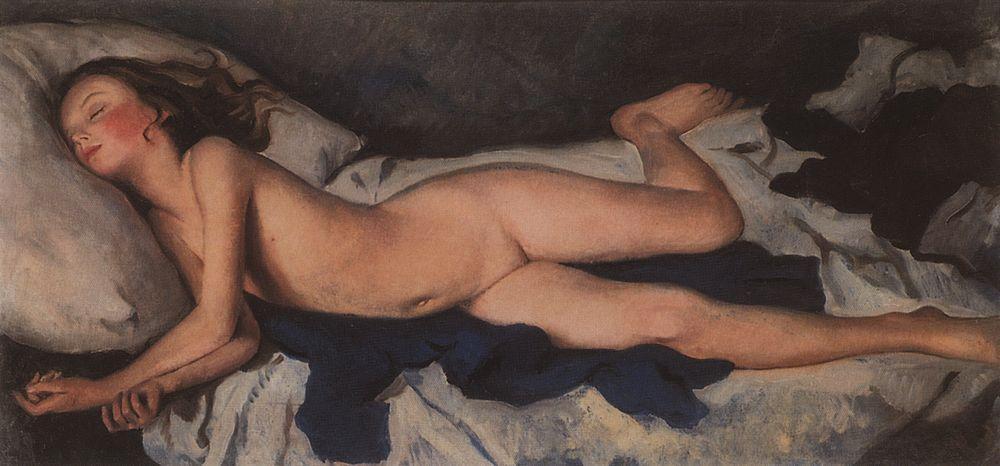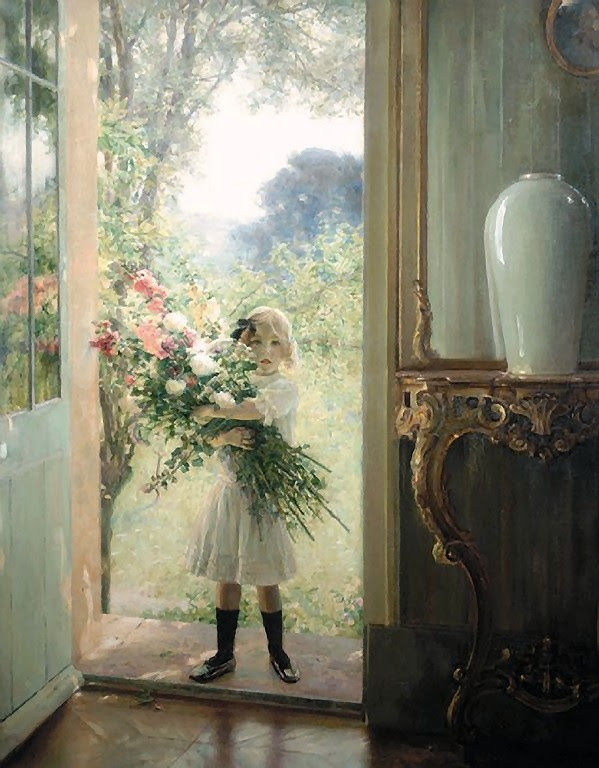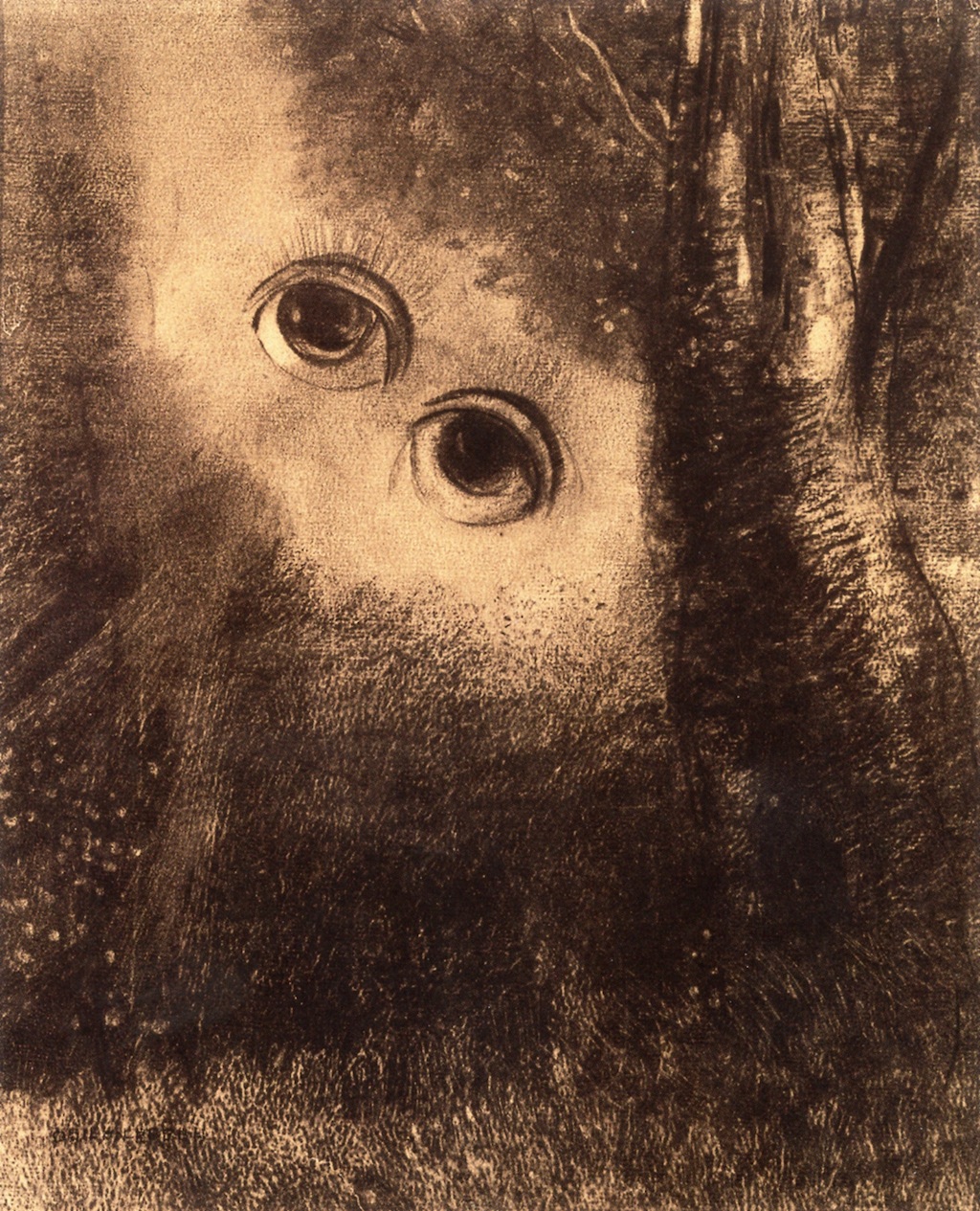
Elizabeth Barrett Browning (1806–1861), one of the most prominent poets of the Victorian era, became widely popular in England and the United States during her lifetime, both for her poetry and her stands against slavery in the United States, injustice toward Italian citizens by foreign rulers, and child labour. From age 15 until her death, she had to battle with a lifelong illness.
Her first known poem, “On the Cruelty of Forcement to Man,” was written at the age of six or eight. She published her first collection of poems, An Essay on Mind, with Other Poems, in 1826. Her 1844 volume Poems made her one of the most popular writers in Britain at the time. A collection of her last poems was published by her husband, the poet Robert Browning, shortly after her death. CONTINUE READING / CONTINUER LA LECTURE…
